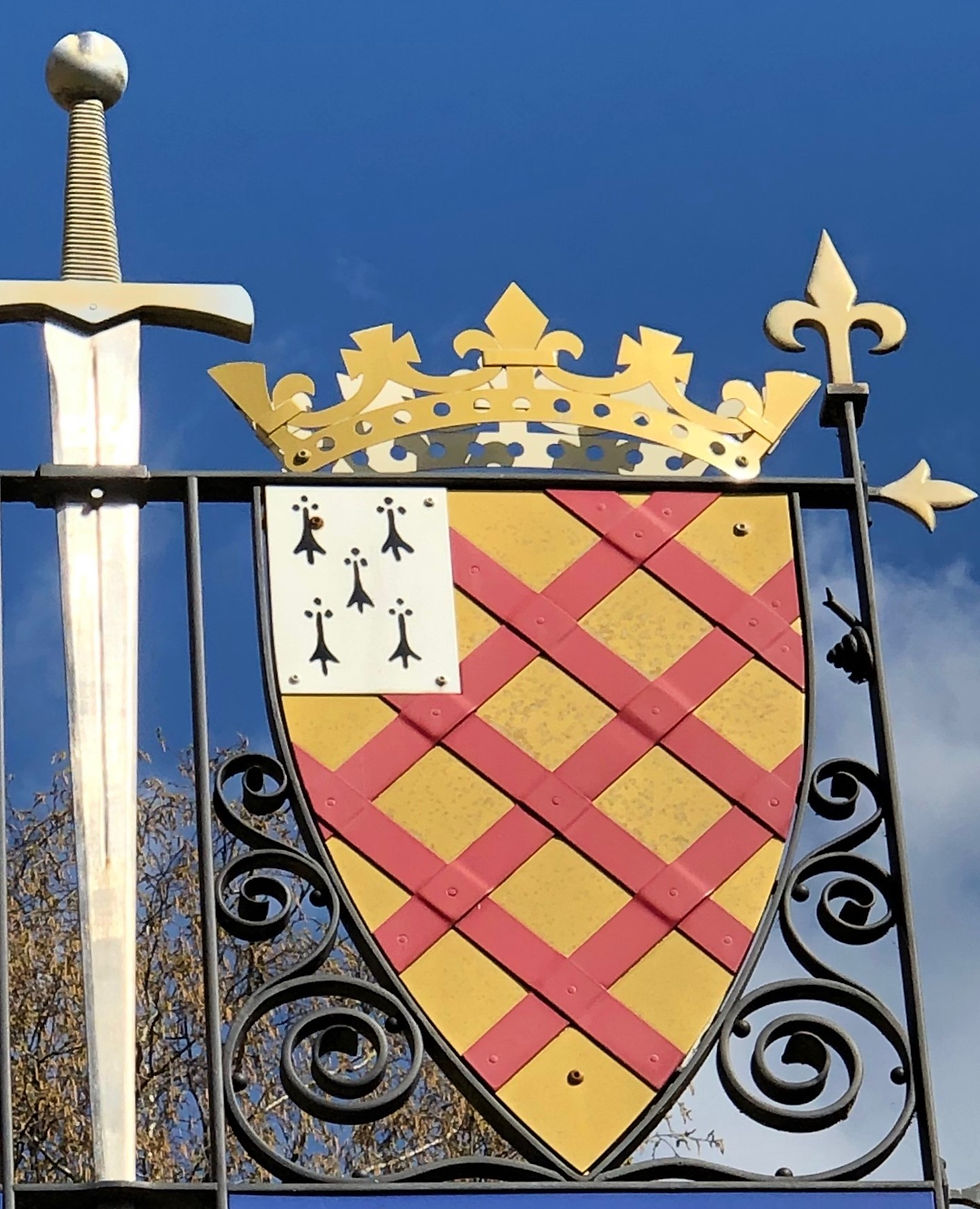Cotswolds safari... continued!
- Sean Callery

- May 8, 2022
- 2 min read
Updated: Aug 13, 2023
Cotswolds Menageries: the safari continues! Here’s the second section, from L to Y, with lots of ‘S’s, but sorry, no zebras available for alphabetical neatness!
L is for lions

At Ablington near Bibury, two stone lions guard their second home, which is a little more humble than their first: London’s Houses of Parliament. When that burned down in 1834, these beasts roamed free – and someone decided they would make decorative finials for the 17th-century manor house here.
L is for another lion

Swinbrook church misericords (a carved shape to prop up tired singers when they stand up to sing) include a lion’s head filled with weirdly human-like teeth - the artist had clearly never seen the real thing!
P is for pigeons

Cheltenham’s town crest sports three pigeons in honour of the birds seen in a field in 1716, tucking into salty snacks that had dried around a spring. It was the beginning of Cheltenham’s spa town era, based on the medicinal qualities of its waters. Pigeon-themed decorations flutter in the town at various times.
S is for scallops

The gateway of Stanway House features fluted door columns topped by scallop shells. This shape was part of the (lords of the manor) Tracy family crest. Scallops are a symbol for pilgrimage and repentance and they feature because an ancestor helped to kill archbishop of Canterbury Thomas a Becket on the alleged orders of Henry II in 1170.
S is also for snails

Hiding on the side of the town sign in Chipping Campden lurks a snail It’s the trademark of the work of local wrought iron craftsman Jeff Humpage. Can you spot it?
S is also for snake

The Indian-themed Sezincote house has this splendid snake in the garden.
U is for Unicorn

A baffled unicorn, (oh, and a shocked lion) form the royal coat of arms on the former Clarence Hotel in Cheltenham. They mark royal endorsement by the Duchess of Clarence, future wife of George IV, after her 1827 visit.
W is for wolf

The porch of Chipping Norton church has a jokey carving: the revenge of the sheep… because the sheep is eating a wolf. The figure is a ‘boss’ - something added to cover up a join in the stonework.
Y is for yale

Returning to the mythical theme, the horned creature on the right may be a rare carving of an ancient mythical figure known as a ‘yale’. This one protects the entrance to Cirencester Church of St John the Baptist.
T is for tours
If you go to find these creatures: Happy hunting! If you'd like to know more about me and my tours:
go to my walking tours page or
contact me to discuss a guided tour in the Cotswolds.




Comments